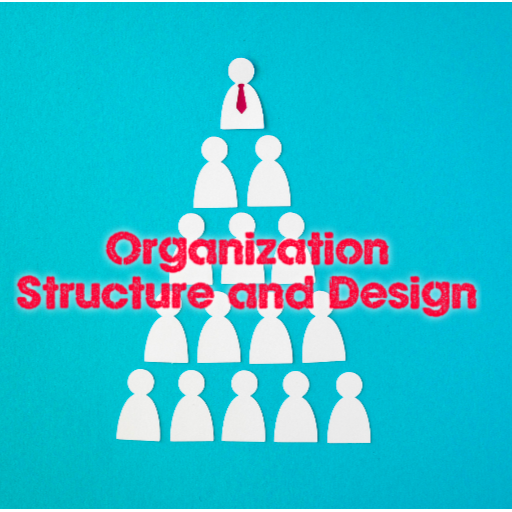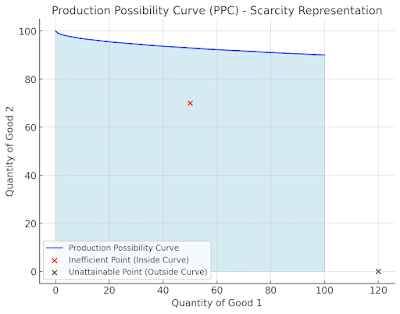Introduction
An effective organization structure and design plays a crucial role in business success. It defines how activities are coordinated, how responsibilities are distributed, and how communication flows kmkwithin a company. In this post, we will explore different types of organizational structures, their importance, and best practices for designing an efficient organization.
What is Organization Structure?
An organization structure is the formal system that outlines how tasks, roles, and responsibilities are divided and coordinated within a company. It influences efficiency, decision-making, and overall productivity.
Types of Organizational Structures
- Functional Structure – Employees are grouped based on their specialized functions (e.g., HR, Finance, Marketing).
- Divisional Structure – Departments are separated based on products, geography, or customers.
- Matrix Structure – A combination of functional and divisional structures, allowing flexibility and dual reporting.
- Flat Structure – Fewer management levels, encouraging direct communication and faster decision-making.
- Hierarchical Structure – A traditional structure with multiple management levels and clear authority lines.
- Team-Based Structure – Employees work in cross-functional teams to achieve specific goals.
What is Organization Design?
Organization design is the process of shaping an organization’s structure to align with its goals, culture, and business strategy.
Key Elements of Organization Design
- Work Specialization – Division of tasks for efficiency.
- Chain of Command – Clear reporting hierarchy.
- Span of Control – The number of employees managed by a leader.
- Centralization vs. Decentralization – Decision-making authority at the top vs. distributed authority.
- Formalization – Defined policies, procedures, and rules.
Steps to Create an Effective Organization Structure
- Analyze Business Goals – Understand company objectives and long-term vision.
- Evaluate Current Structure – Identify strengths and weaknesses of the existing model.
- Choose the Right Model – Select a structure that fits your company’s needs.
- Define Roles and Responsibilities – Ensure clarity in job descriptions.
- Establish Communication Channels – Foster seamless information flow.
- Monitor and Adjust – Continuously review and refine the structure.
Benefits of a Well-Designed Organization Structure
✔️ Improved efficiency and productivity
✔️ Clear roles and responsibilities
✔️ Enhanced decision-making process
✔️ Stronger communication and teamwork
✔️ Increased employee satisfaction and engagement
Conclusion
A well-structured organization leads to higher efficiency and smoother operations. By carefully designing your organization structure, you can align your business for long-term success.
Do you need help with structuring your organization? Let us know in the comments!



